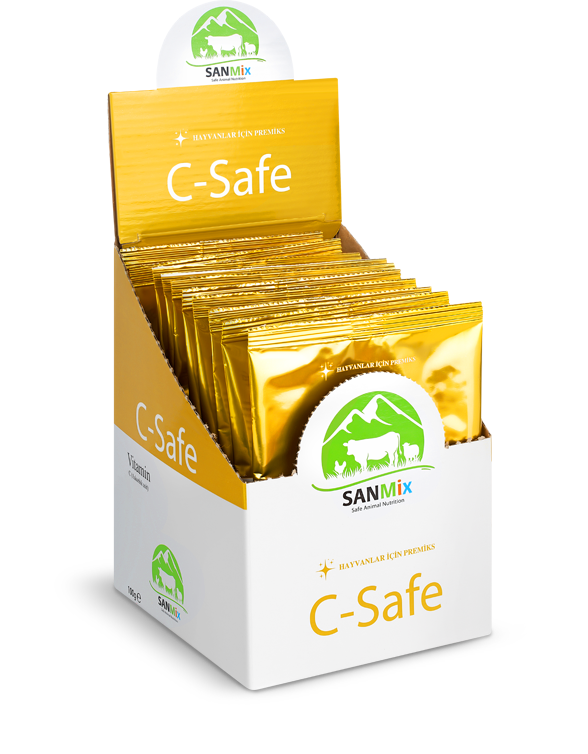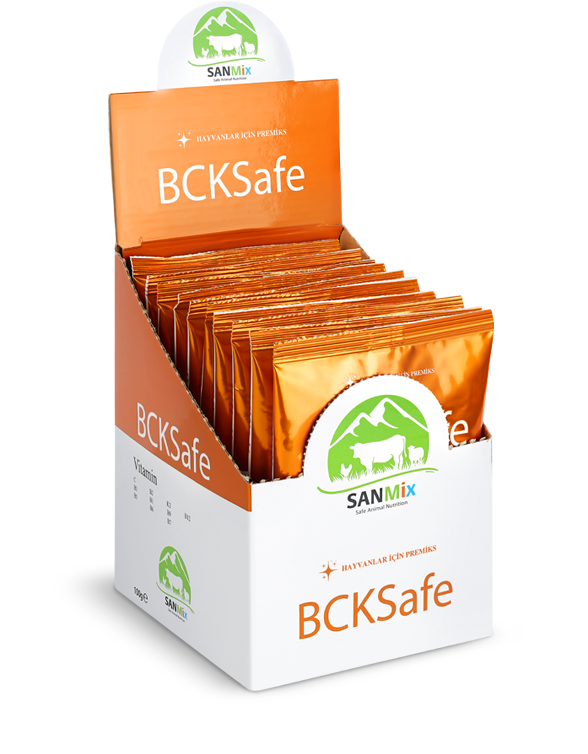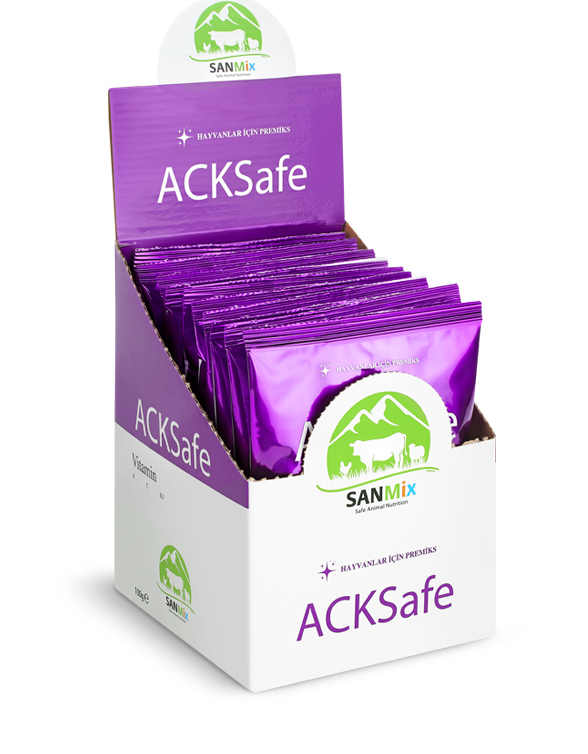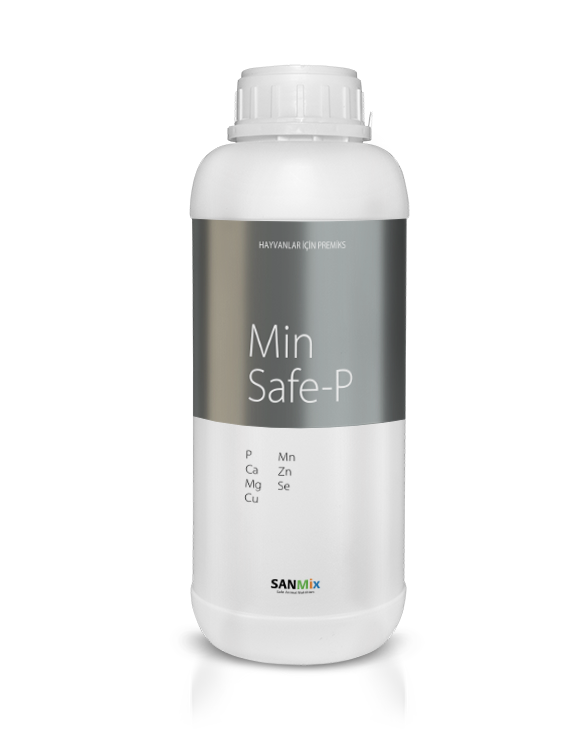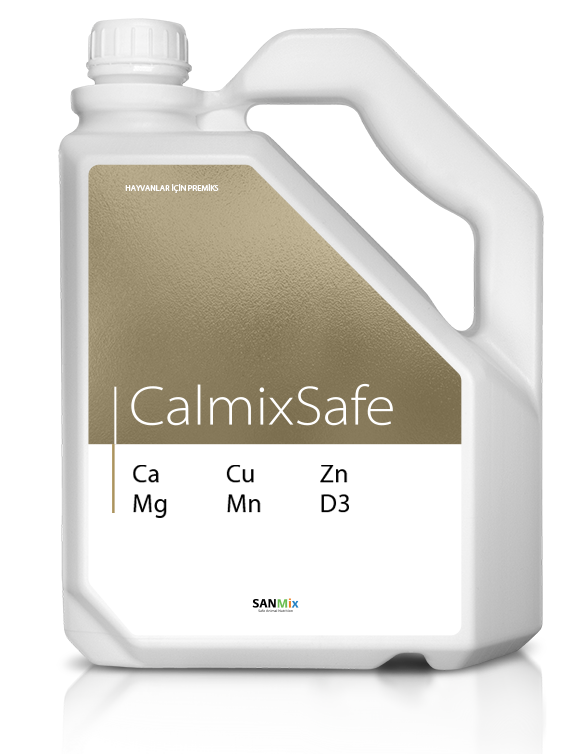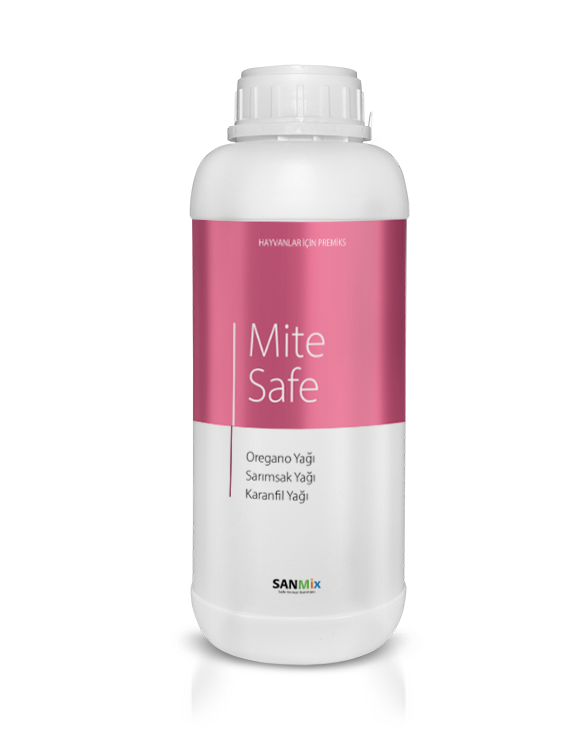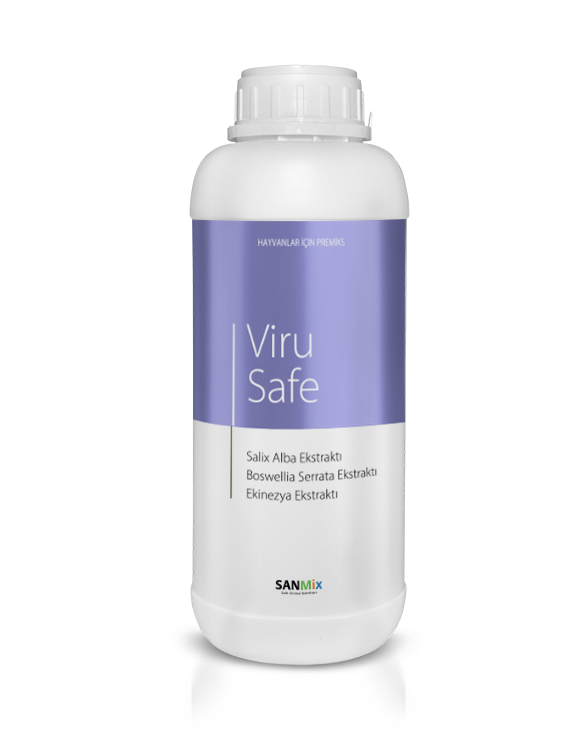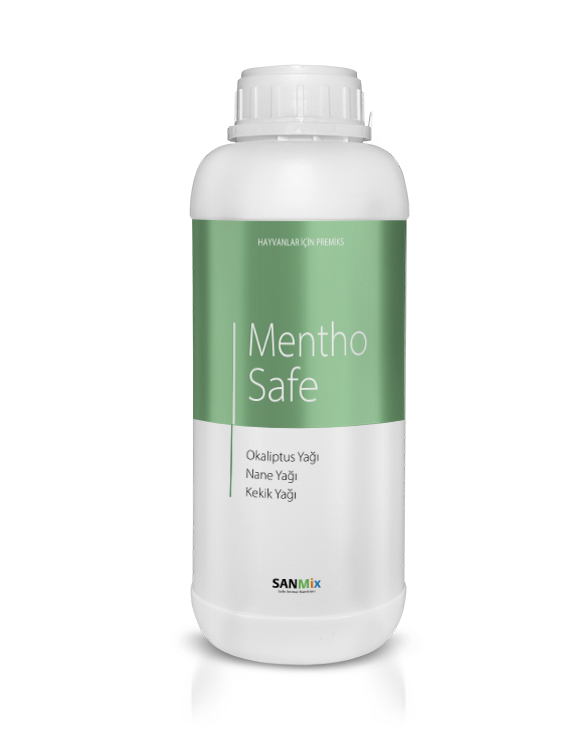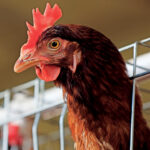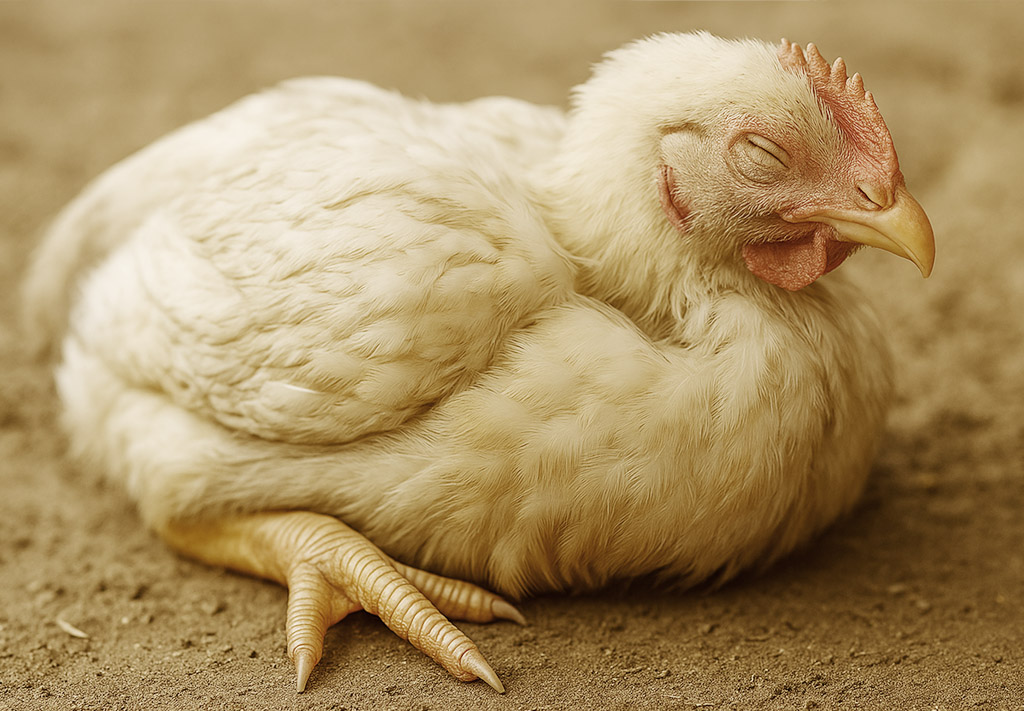In poultry farming, disease is always a threat — but how we choose to deal with it can make or break long-term success. When a disease strikes, the first instinct is to treat. But is that really the most effective approach?
The Limits of Treatment
Treating disease after symptoms appear can be costly and risky. By the time clinical signs are visible, internal damage has often already occurred. Treatment may reduce mortality, but rarely recovers full performance.
Key drawbacks include:
-
Rising antibiotic resistance due to overuse
-
Withdrawal periods leading to loss of production time
-
High treatment costs in labor, medication, and losses
-
Public pressure and regulations restricting therapeutic use of antibiotics
Even when treatment works, it’s reactive — not proactive.
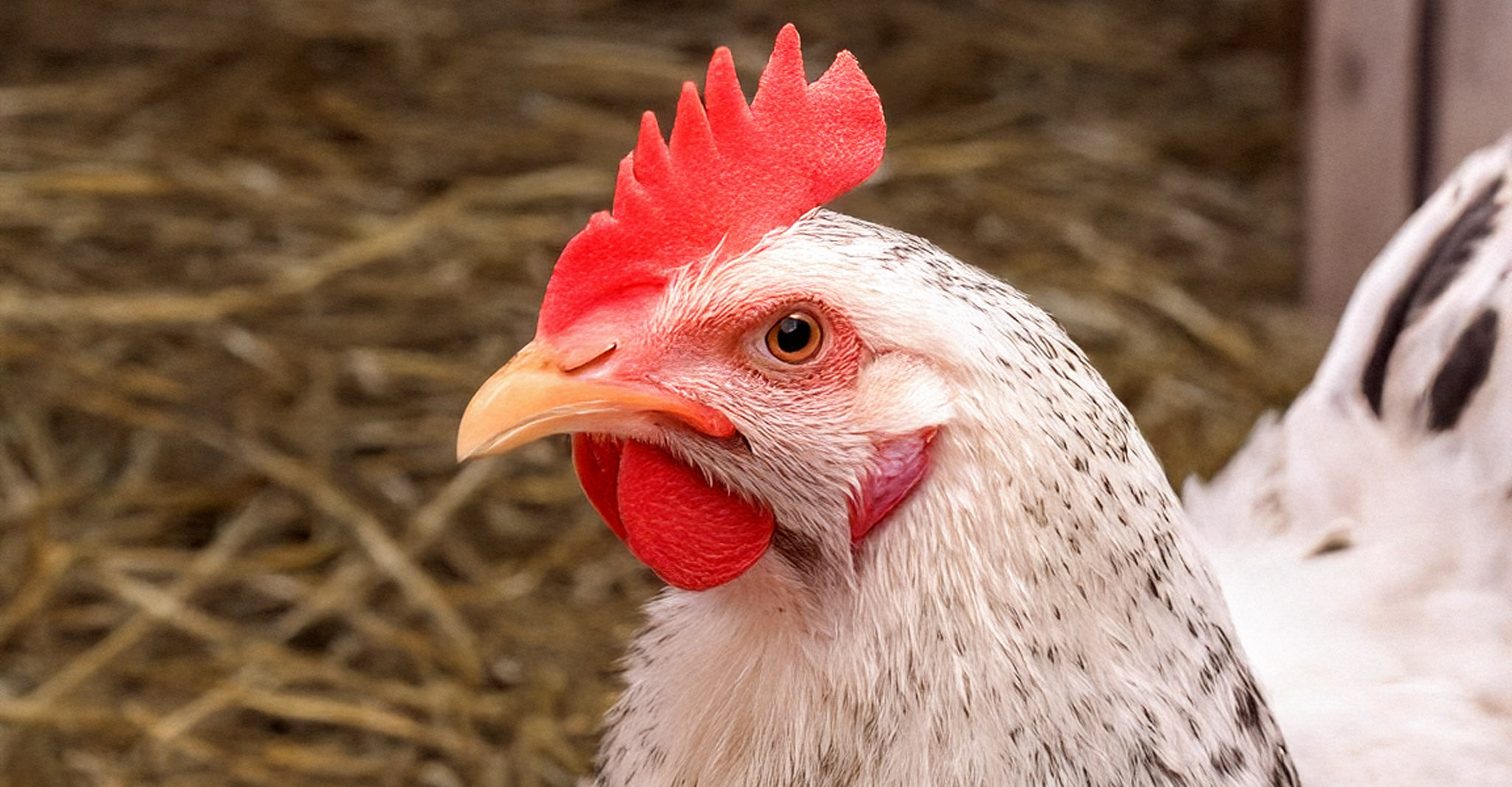
Prevention-based nutrition supports resilience and reduces treatment dependence.
“Antibiotic use in food-producing animals can lead to development of antibiotic-resistant bacteria that can harm the public’s health.”
Prevention: The Smarter Investment
With many countries banning or limiting the use of antibiotic growth promoters (AGPs), prevention through nutrition and management has become essential.
A strong immune system is the best defense. Through targeted nutrition, it's possible to support natural resistance and minimize disease risk:
-
Chelated trace minerals strengthen immunity and tissue integrity
-
Organic acids balance gut flora and suppress pathogens
-
Phytogenic additives reduce inflammation and support overall resilience
Supporting gut health and immunity doesn’t just prevent illness — it enhances performance, reduces stress-related losses, and ensures flock uniformity.
Conclusion
In today’s poultry industry, prevention isn’t just an option — it’s a necessity. Instead of reacting to disease outbreaks, forward-thinking producers invest in nutritional strategies that build resilience from the inside out.
When it comes to disease, ask not just “How do we treat it?” but “How do we prevent it in the first place?”
